Raising shrimp and crabs commercially is difficult, but raising them for breeding and selling is much more difficult. In the tidal communes of Nga Son district, about 5-10 years ago, many pond owners tried, but all failed. Up to now, only Mr. Nguyen Van Hung in village 8, Nga Tan commune has been successful thanks to the experience and technical factors, which have become a "profession" to get rich.
 High-tech net house system for shrimp farming and breeding of Mr. Nguyen Van Hung.
High-tech net house system for shrimp farming and breeding of Mr. Nguyen Van Hung.
From orphan to "millionaire"
About 300m from the left dike at the end of the Len River, from afar, the complex farm of Mr. Nguyen Van Hung appears prosperous. Hundreds of Siamese coconut trees laden with fruit, shading along the banks of the aquaculture system, making the landscape even more poetic. In other areas, there are lush fruit trees and industrial shrimp ponds in greenhouses using high technology. The entire production area covers an area of more than 4 hectares, but is planned and arranged quite systematically and scientifically .
Leading the guests to visit the production model, the owner, who works hard all year round, introduces the grapefruit plantations with a total of 600 trees that have been bearing fruit for many years. Interspersed with the production areas and ponds are 2,000 guava trees that are harvested year-round. Notably, the garden has invested in a scientific drip irrigation system, fertilized with organic fertilizers produced in a closed-loop manner within the farm. 400 coconut trees that produce tens of thousands of fruits, running endlessly, also bring in a revenue of more than 300 million VND each year.
Both livestock and crop farming activities on the farm are economically efficient, but the main source of income to create a breakthrough must be aquaculture. According to the calculations of Mr. Hung and his wife, on average each year this integrated farm generates more than 10 billion VND in revenue, bringing in a profit of around 2 billion VND.
That was the result of more than a decade of his family's efforts, overcoming many difficulties, at times almost having to give up. He still clearly remembers his family situation in the 90s when his father died early from a serious illness. His mother worked hard to raise her children, and he had to drop out of school after finishing secondary school to work for his mother. It was from the depths of poverty that he had the will to rise up. In 2010 and 2011, Nga Son district had a project and called on the people to bid for this swampy area to renovate and build a farm.
“Thinking that I was a farmer's son, and not having much education, I knew that if I wanted to be well-off, I had to borrow money to bid and invest. My mother and I had nothing, and no experience, so we had to start from the smallest farming activities, gradually digging fish ponds... When we first invested, we didn't have much income, so from 2011 to 2014, we couldn't make enough money to pay the bank interest every month. Borrowing money from one place to build another, for many years, debt piled on debt, making it seem like we couldn't get back up. However, with determination, diligence in digging and building, the annual profits were used to pay off the debt and then continue to invest in infrastructure, which gradually grew. Up to now, the total investment to complete the farm's infrastructure is about 10 billion VND," Mr. Hung confided.
Mastering the technique of breeding
Taking advantage of the sunny spells of the first months of the year, Mr. Hung is having his workers wash and change the water in the cement tanks. This is where mother shrimps breed and raise juveniles, bringing in a considerable income. In the cages covered with black nets and with suitable temperature controls, millions of shrimp larvae as small as toothpicks or chopsticks cover the entire tank.
In 5 traditional ponds with a total area of 10,000m2, he raises mother shrimp and crabs for reproduction. To increase the efficiency and capacity of aquatic seed production, he also regularly buys larvae from the southern provinces to raise. According to him, shrimp and crab eggs and larvae are imported from southern hatcheries by air to Vinh or Noi Bai. They are then "incubated", incubated to hatch and raised at his farm proactively. Raising shrimp and crabs for reproduction and raising young is an activity that requires high technical skills. For many years, he has hired 5 technical workers to work regularly, including 1 engineer specializing in aquaculture.
“In recent years, my facility has sold about 200 million shrimp fry to the market. For crab fry, I also produce and sell 4 to 5 million watch crabs (crabs the size of a wristwatch) and about 100 million embryos,” the owner, born in 1981, shared.
Currently, the white-leg shrimp and crab breeds of Mr. Hung's farm are not only trusted by pond owners in Nga Son district but are also regularly exported to Ninh Binh province and many northern provinces. In addition to direct production in his ponds, he also cooperates with 10 pond owners in Nga Son district and Kim Son district, Ninh Binh province to raise aquatic breeds.
Producing the breed right in Nga Son brings advantages to the farmers in the area. Because if buying the breed from the southern provinces, it takes a long distance, making the breed weak, the mortality rate is high. On the other hand, due to the difference in temperature and climate, it takes a long time to adapt, shrimp and crab will grow slowly. Not to mention, the cost of transporting these aquatic breeds is higher the further away. Those disadvantages have been solved when buying the breeds at his facility.
During the production process, Mr. Nguyen Van Hung also introduced scientific advances to raise industrial shrimp in the direction of high technology. In recent years, he has always maintained 1 hectare of net house to raise white-leg shrimp.
Chairman of the Nga Tan Commune Gardening and Farming Association Nguyen Trung Thuc said: “Mr. Hung started his business with a comprehensive economic model and aquaculture with nothing, unlike many other owners who had a little capital when they started. From raising a few sows and dozens of chickens, he then saved up to gradually build his business. Growing up with sedge, without any experience, he researched and learned on his own, mastering modern aquaculture techniques. His production model as a small-scale aquaculture breeding center is something we admire.”
Article and photos: Le Dong
Source








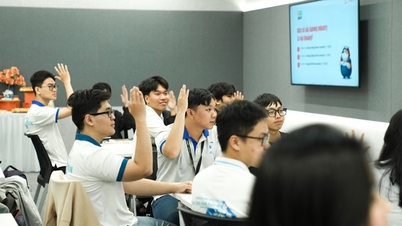

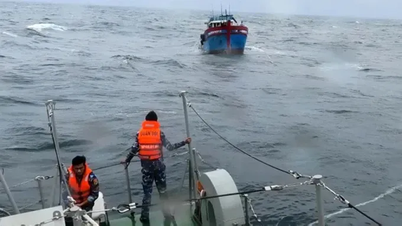



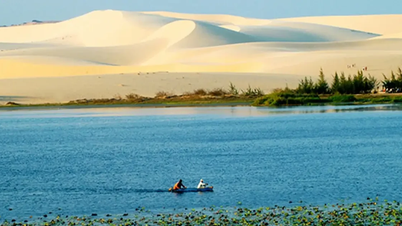




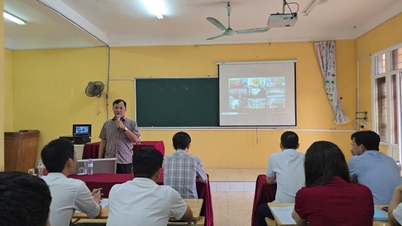





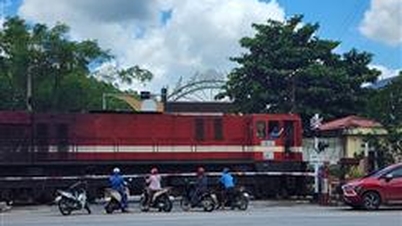








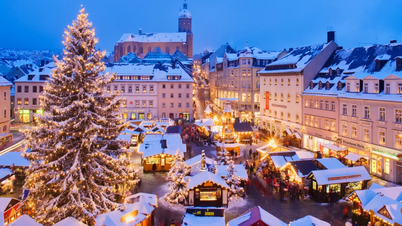
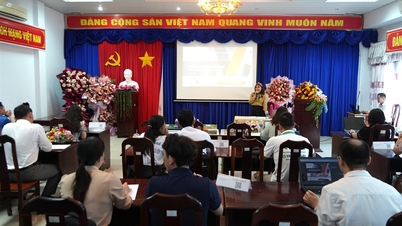















































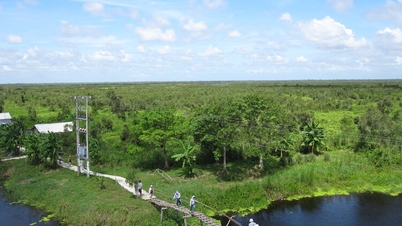

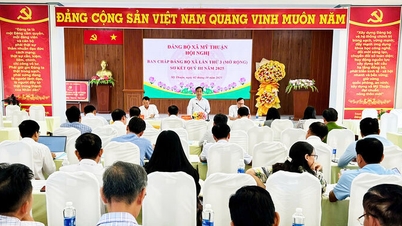
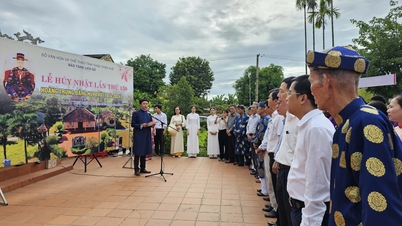

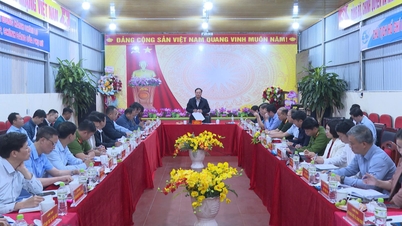
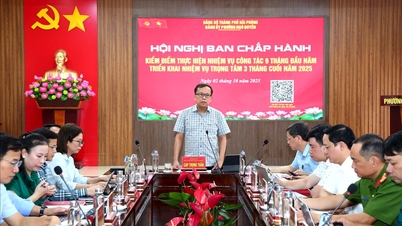















Comment (0)